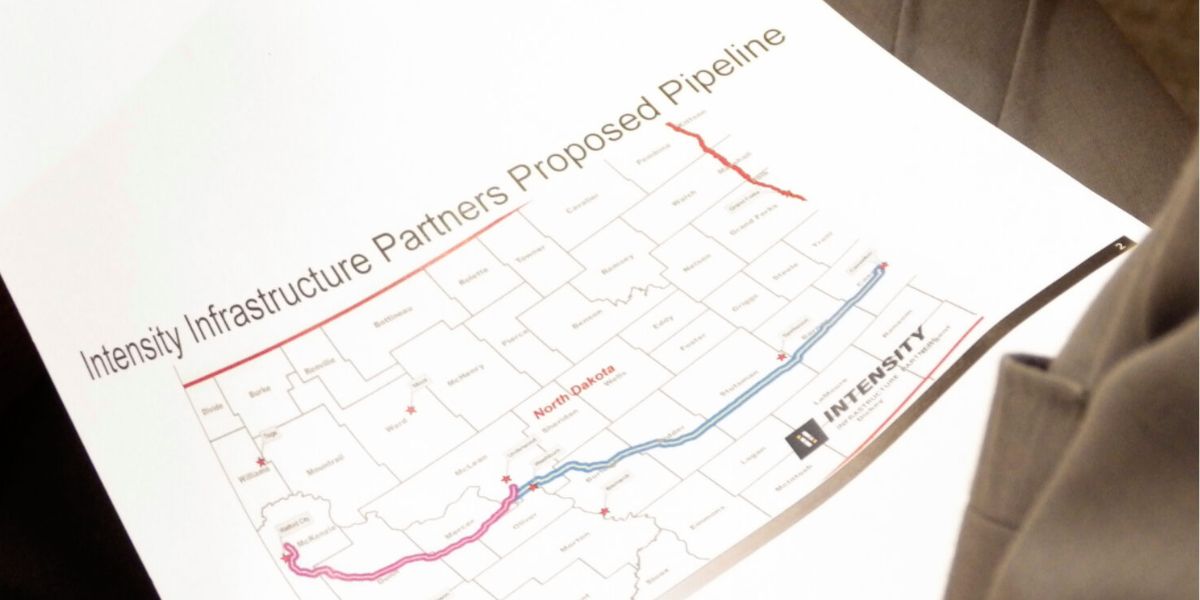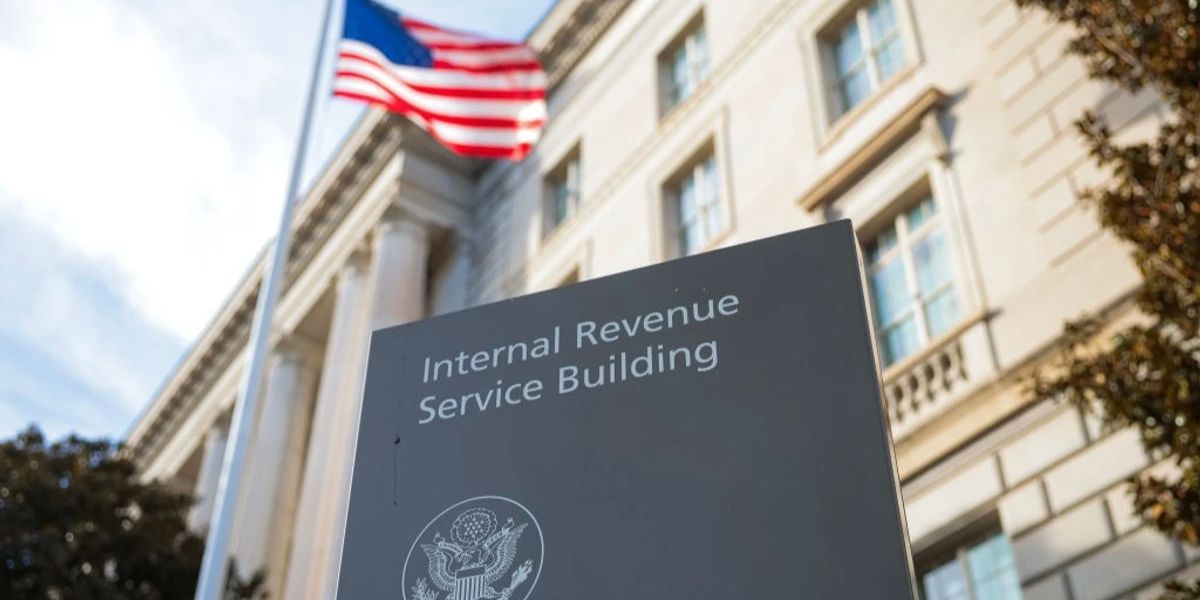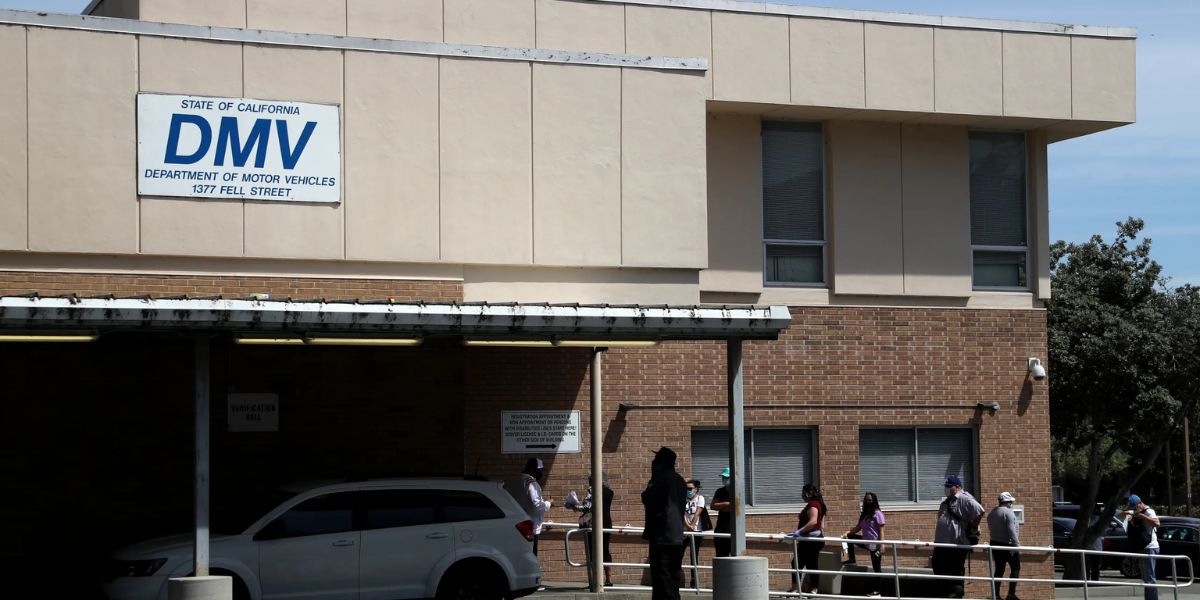Bismarck, North Dakota – Two companies, Intensity Infrastructure Partners and WBI Energy, are planning to build underground pipelines spanning over 350 miles across North Dakota to transport natural gas from the Bakken oil fields in the west to the industrial centers in the state’s more populated east.
The pipelines, which are slated to come into service between 2029 and 2030, will provide critical infrastructure to help manage the increasing production of natural gas in North Dakota. However, the project costs have not yet been disclosed by the companies.
State Support and Backing for the Project
On Thursday, state officials briefed regulators about the pipelines as part of a process to secure a state-backed credit line. This proposed 10-year, $50 million per year line of credit would serve as a financial backstop, helping the project proceed. The state would later back out once other users join the infrastructure project.
This move is crucial as North Dakota’s oil wells are producing more natural gas than the infrastructure can transport. As the Bakken oil region’s oil production continues to grow, so does the need to capture and move the gas efficiently.
North Dakota Pipeline Authority Director Justin Kringstad emphasized that without adequate transportation, oil production will be limited to areas with the most accessible gas markets, ultimately hindering the overall economic growth of the region.
“We’ve always seen the push and the need in the west, but today the appetite across the state for natural gas and for energy is at the highest that I’ve ever seen,” Kringstad remarked, underscoring the importance of these new pipelines.
Addressing the Challenges of Gas Transportation
North Dakota is currently producing a near-record 3.5 billion cubic feet of natural gas per day. However, transporting this gas has long been a challenge.
The new pipelines could carry as much as 1 million dekatherms per day, helping to address some of the infrastructure issues while providing vital resources for both industrial and residential use. The pipelines are expected to make a significant difference in addressing the state’s energy needs.
One of the main benefits of the pipelines is reducing the flaring of natural gas, a process where gas is burned off instead of being captured for use.
The state has made significant strides in capturing natural gas, with about 96% of it being captured in April. However, concerns about flaring’s environmental and health impacts remain a major issue, and these new pipelines would help mitigate that.
Potential Pushback and Concerns
Despite the anticipated benefits of the pipelines, there are concerns about potential pushback, especially related to the use of eminent domain.
The Rainbow Energy Center leader stated that Intensity Infrastructure Partners has not utilized eminent domain in the more than 2,000 miles of pipeline built in North Dakota. However, it’s still unclear whether eminent domain will come into play for these new projects.
Pipeline projects in North Dakota have sparked large protests in recent years, notably the Dakota Access pipeline, which drew nationwide attention.
Read Also: 4 SoCal Suspects Accused of Stealing $93M in COVID Relief Fraud
Furthermore, the Summit Carbon Solutions’ carbon dioxide pipeline project has faced opposition from landowners in the Midwest, and South Dakota’s governor signed a ban on eminent domain for carbon dioxide pipelines earlier this year.
Despite the likely opposition, Doug Armstrong, a spokesperson for WBI Energy, believes that pipelines remain the most effective and efficient way to transport energy resources.
“Pipelines are the easiest way to move things,” Armstrong said, acknowledging that there would be some pushback but reaffirming the importance of these infrastructure projects to the state’s energy future.
A Vital Move for North Dakota’s Future Energy Needs
As North Dakota’s natural gas production continues to increase, securing the necessary infrastructure to transport it will play a critical role in the state’s economic growth.
With backing from the state, these new pipelines could provide the needed resources to enhance the state’s energy infrastructure, reduce flaring, and support local industries and households.
While the project is still in its early stages, it represents a vital step toward securing North Dakota’s energy future. The state’s leaders and regulatory bodies will continue to monitor the situation closely, working to balance the need for growth with the concerns of local communities.
What Do You Think?
What are your thoughts on the development of these new pipelines in North Dakota? Do you think the state should proceed with such large-scale energy projects, or should there be more focus on alternative energy solutions? Share your thoughts with us and stay updated on more energy news by visiting RidgecrestPact.org.














